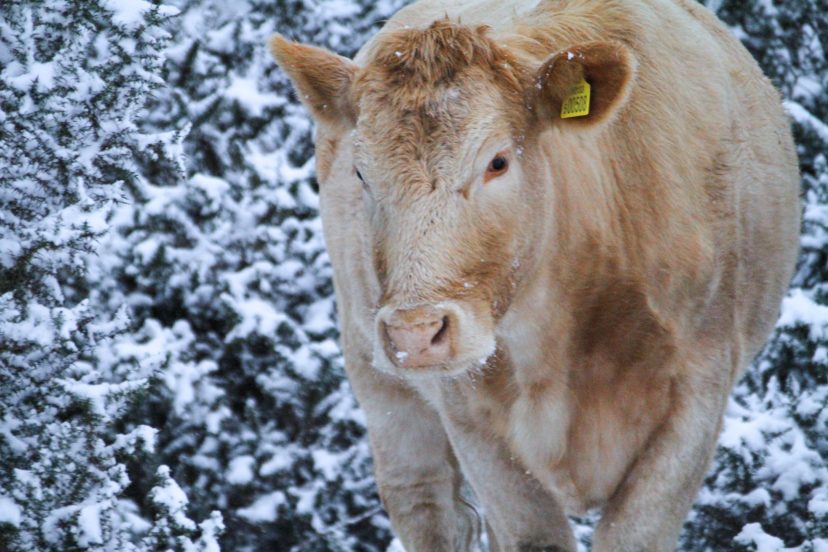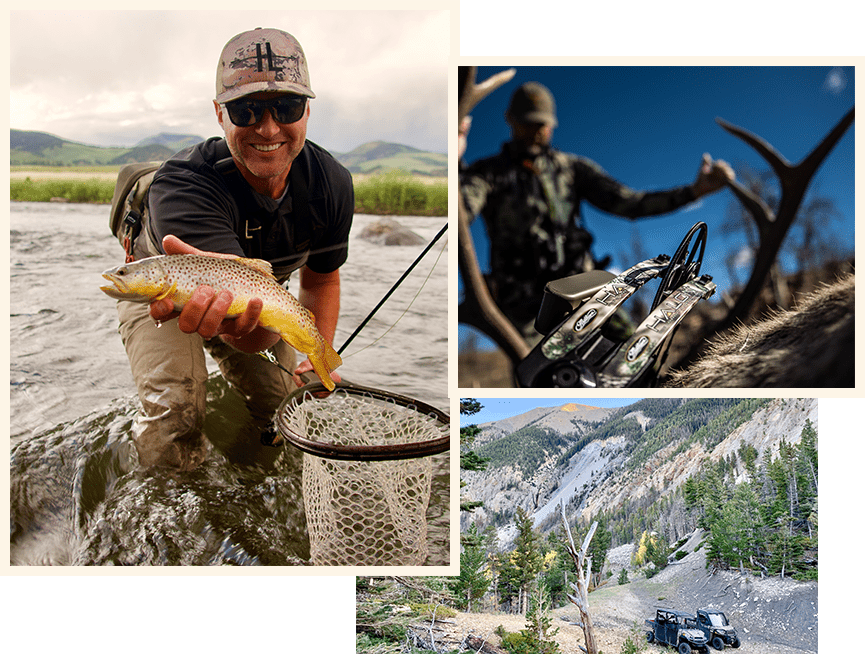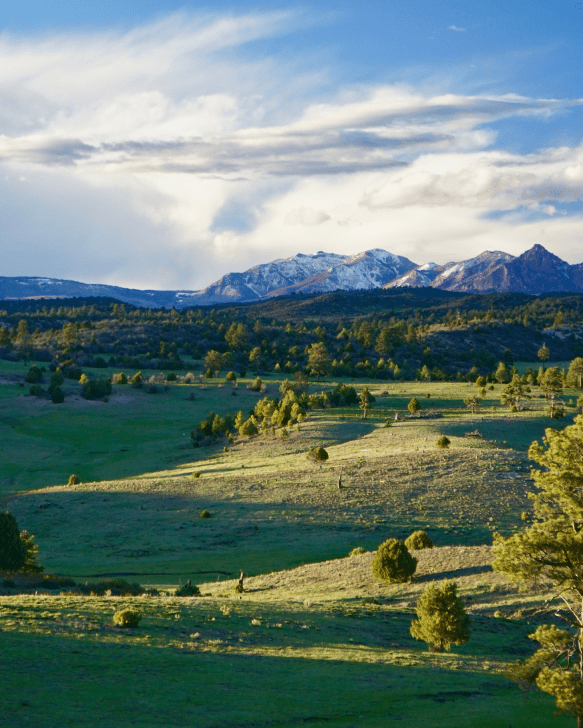Winter in the Rockies can be absolutely beautiful. But for livestock, winter is when they’re most susceptible to everything from predators to illness. For ranch owners who run livestock, it’s important to pay extra attention to their animals. Livestock care is not as difficult as many think. Ranchers simply need to employ some common-sense management tools to make sure horses and cattle make it through the colder months none the worse for wear.
It really boils down to a handful of simple tasks that will make it easier for livestock to deal with plummeting temperatures and falling snow. There’s no rocket science involved. There are no super-tricky methods to ensure animals thrive. But it does require diligence to assist these economically vital animals as they enter the lean season. It’s just one more facet of ranch management that needs to be addressed.
Here are five things every rancher can do to make sure his or her livestock have the best chance of surviving winter and being healthy come spring:
Change or enhance livestock feed
Horses and cows burn a lot of calories staying warm, so they’ll need more feed or an enhanced winter feed formula that gives them the energy they need to fend off the chill. Both horses and cows will grow thicker coats in the fall to protect them from winter cold, and both animals are known to congregate together to share body heat. But they’ll need the additional help of added calories.
Make sure hay supplies are ample, and ensure hay is dry and out of the cold. Ranchers should also makes sure that horses, in particular, can get to the browse below the snow. Horses will paw through the snow to find grass, and that expends calories. They should be rewarded for their efforts, so make sure there’s still grass under the snow that they can get to.
Cattle care can be a little tricky, but here’s a trick to help them stay warm: consider feeding them a little later in the day. Cows take time to digest their food and don’t earn optimal heat from digestion for a few hours. If you feed them toward the end of they day, by the time it’s very cold in the middle of the night, they’ll be getting the most from their meal.
If you can, move livestock frequently to different pastures that might offer even small amounts of forage between feedings. This will also move them out of their own waste and keep them dry. If forage is thin, consider some mineral feed supplements that will help keep their coats growing and encourage proper digestion. Livestock care depends on available food sources.
Give them shelter
Horses and cattle are very hardy creatures. They don’t necessarily need a roof over their heads, even when it’s cold. But they do need to be able to get out of the wind and they do much better when they’re not trudging through deep snow. Offer them some windbreaks and give them a chance to stand on dry ground now and then. Windbreaks can be anything from a line of pine trees to piles of brush and slash. Ranchers can also construct three-sided windbreaks built to face the prevailing weather. There are also portable livestock shelters available that are surprisingly affordable. This just gives livestock the ability to get out of the wind and the snow. Also, keep your fences maintained. You don’t want horses or cows wandering along icy roads in the winter!
They need water, not ice
This is a big one. Liquid water is vital for both horses and cattle. For horses, it’s important for proper digestion and helps them avoid colic, which can be very serious in the winter. Cattle need liquid water, too, to help push feed through their complex digestive systems. An important aspect of livestock care includes making sure animals always have access to liquid water, be it from a spring or a well or even a heated trough. And pay attention. On very cold winter nights, even heated troughs can freeze.

Livestock bedding is important for warmth
In the winter, particularly for pastured animals, give them deeper bedding. This will allow them to get up off the ground (and the snow) and stay a bit warmer. More straw can make a big difference when it’s cold outside. Place it behind windbreaks, where the animals are more likely to congregate and spread it out more than you might think necessary. This will give more animals access to it, and allow them to gather together atop the bedding and share body heat.
Spend more time with the animals
This might be the best piece of advice for quality livestock care. Simply pay attention. Visit your herds. Check their health, every day if you can. Make sure their water source is open and available. Make sure any constructed windbreaks are in good repair. Walk among them when you can and make sure they’re digesting food and dropping manure. It’s a simple task, and it can be time consuming. But it’s also the most important task you’ll perform. It will tell you what your herd needs and when it needs it. With frequent visits, you can tell if the herds are stressed by cold or nighttime visits by nefarious predators. You can see if they’re eating properly. You can also gauge the health of their pasture and determine if it’s time to make a move.
Final word on livestock care
No, it’s not that complicated. But it’s very important to pay extra attention to your livestock in the winter months, when “Murphy’s Law” tends to kick in. Mostly, it’s about preparation and prevention. But it’s also about constant monitoring, and making sure everything the herds need is available. While you’re at it, take care of yourself. Dress appropriately. Stay warm. Stay hydrated. You’re the most important resource your livestock herd has.


